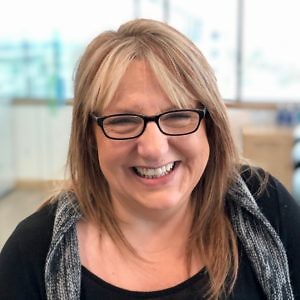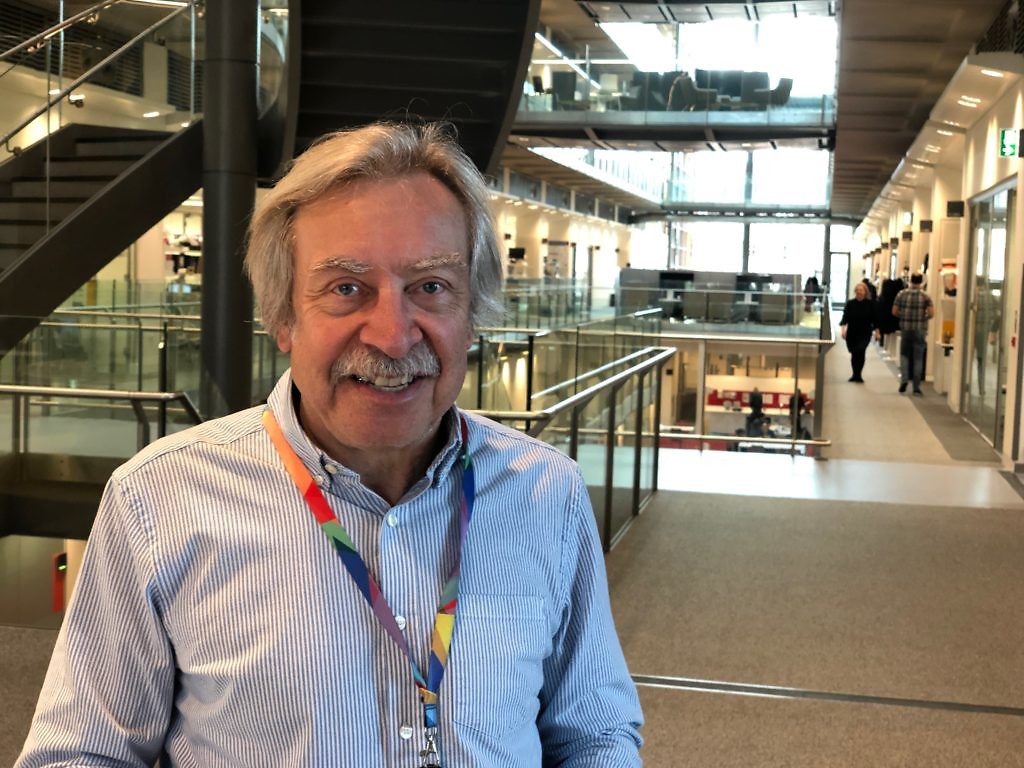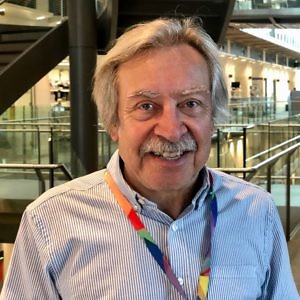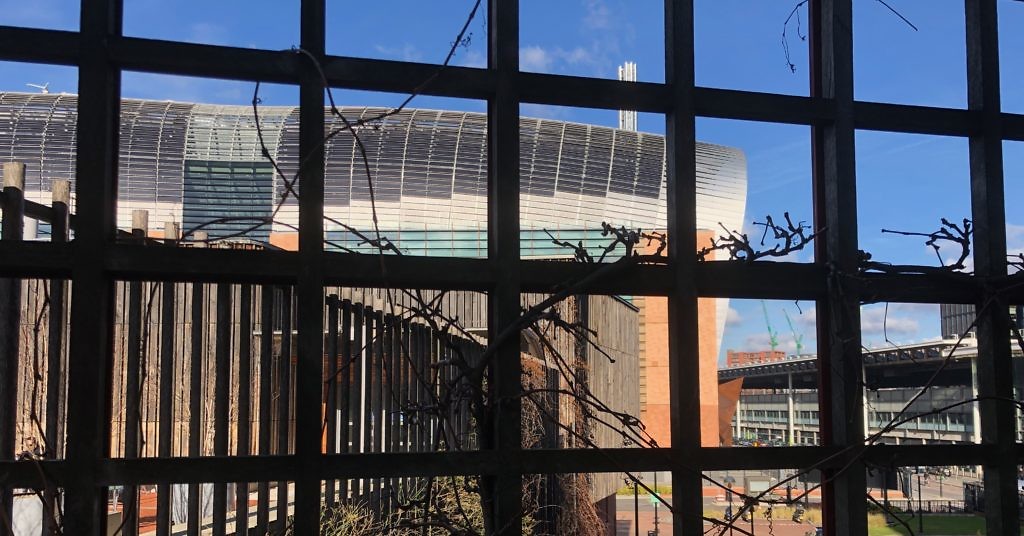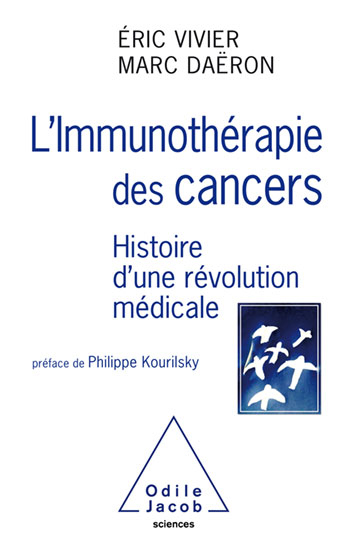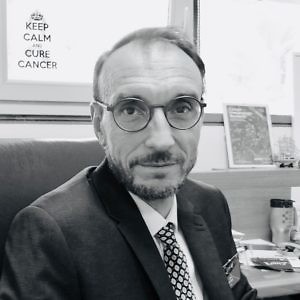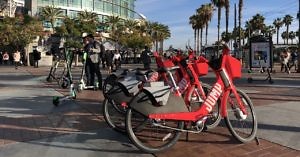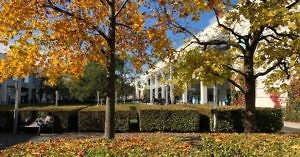A tale of 3 cellular therapy companies
London – last week a half day event at The Francis Crick Institute looked at three UK cell therapy companies that have been spun out of academic research from partner institutions, UCL and King’s College London.
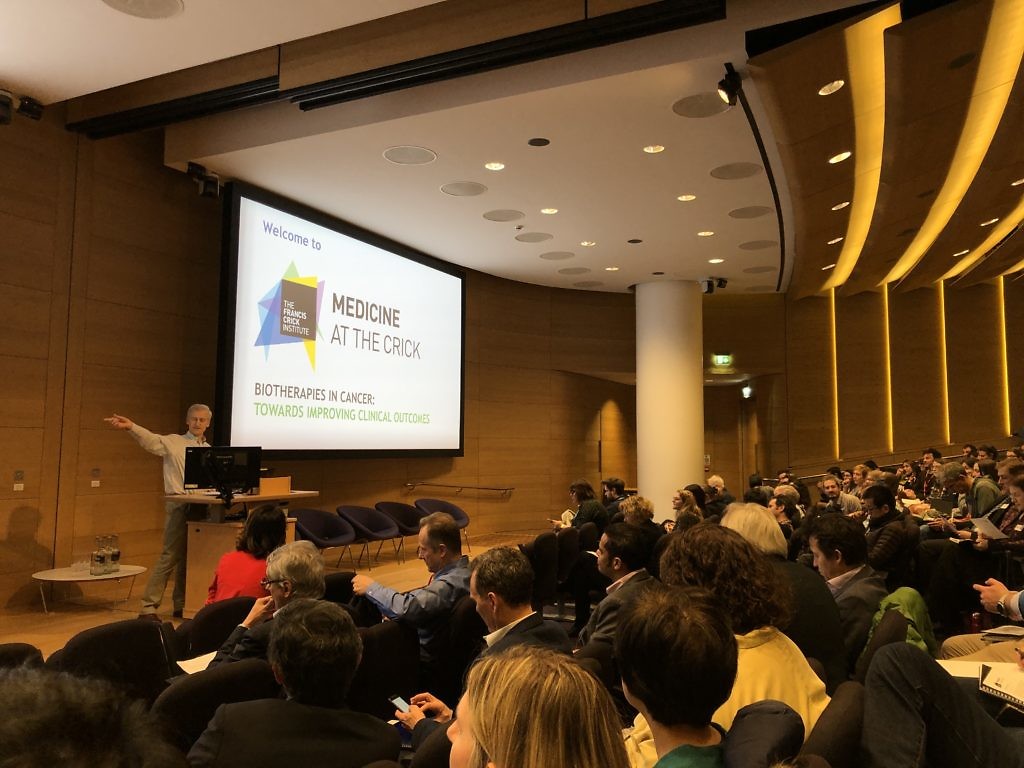
Professor Julian Downward welcomes everyone to The Crick
We heard from the CEOs of Achilles Therapeutics, GammaDelta Therapeutics and Autolus Therapeutics on how they are translating science into new adoptive cellular therapies.
There were also presentations from leading scientists whose research they are commercializing.
All three companies were founded in 2016, so the event was a fascinating snapshot as to where are they now, roughly 3 years on, what have they achieved and where are they going.
They vary in terms of their vision, innovation and their adoptive cellular therapy approach.
Autolus are developing autologous CAR-T cell therapies, GammaDelta Therapeutics are focusing on allogeneic Vδ1 gamma delta (ϒδ) T cells, while Achilles Therapeutics are targeting patient-derived clonal neoantigens.
If you couldn’t make this Medicine at the Crick event, what were some of the take home messages, and how do we think these companies compare to some of their competitors?
Subscribers can log-in to read more or you can purchase access to BSB Premium Content.
This content is restricted to subscribers
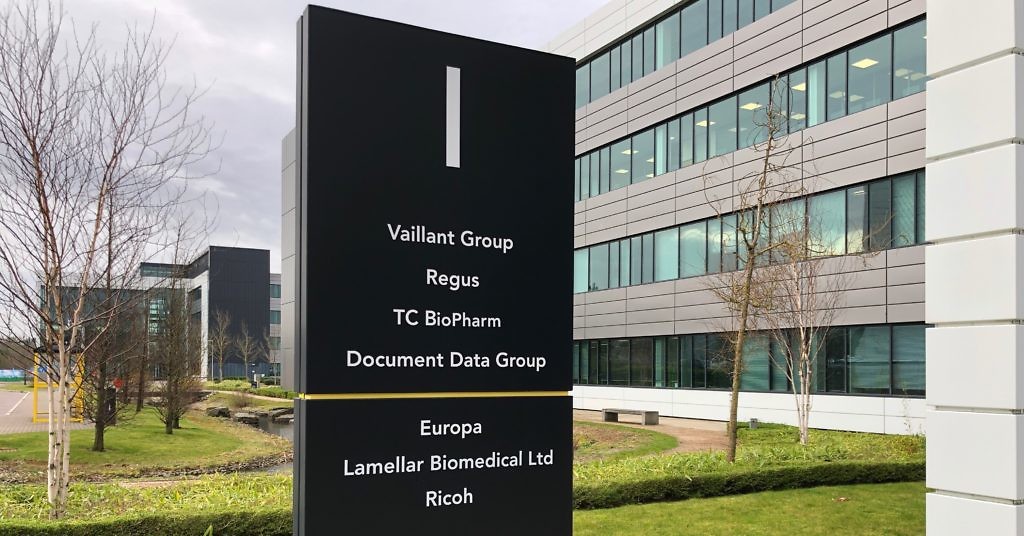
 CEO and Founder, Dr Michael Leek, has built a company that already counts bluebird bio (NASDAQ: $BLUE) as one its partners (
CEO and Founder, Dr Michael Leek, has built a company that already counts bluebird bio (NASDAQ: $BLUE) as one its partners (